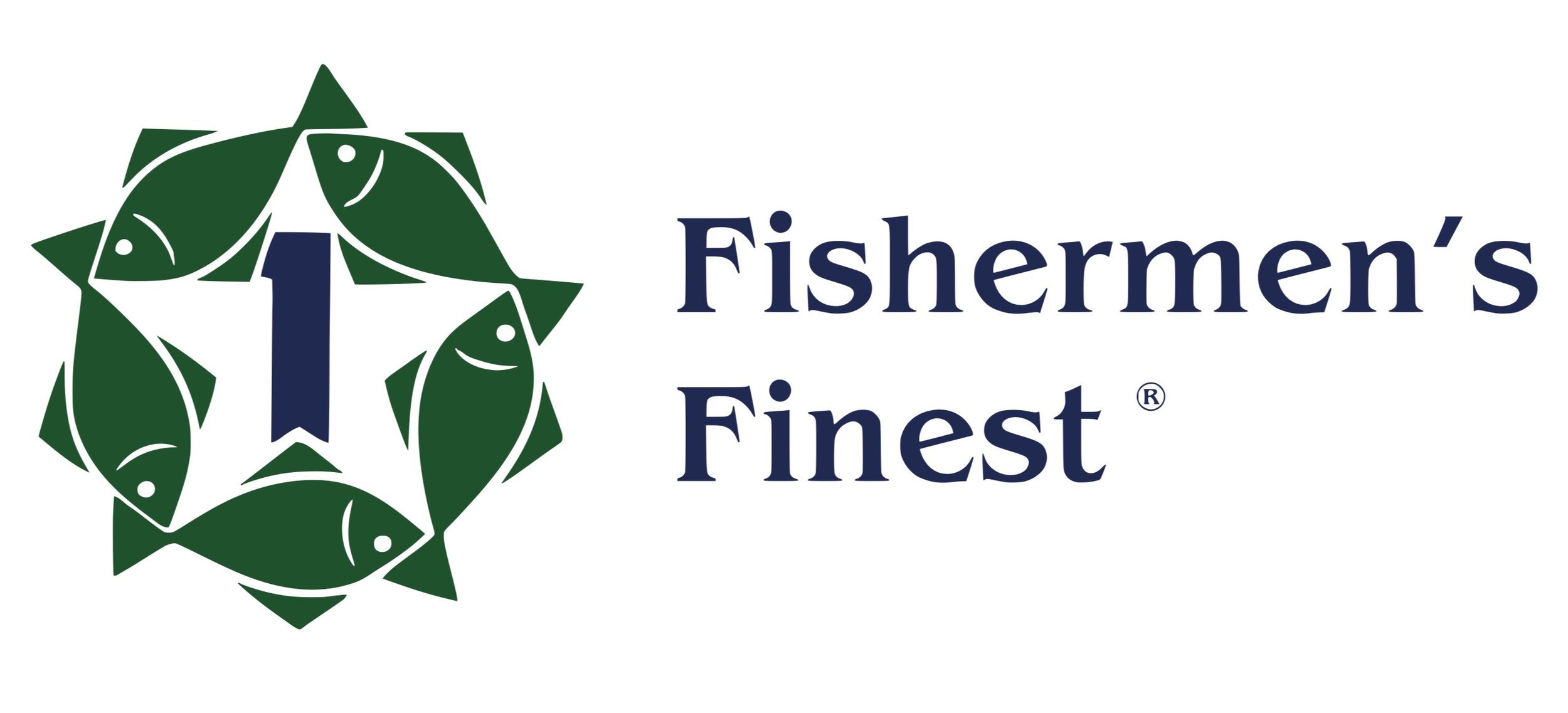Bycatch Facts

Visit: www.BycatchFacts.Org for more information
Halibut bycatch in the waters off Alaska is a contentious issue that has recently come under increased scrutiny. As new solutions are considered – some with far-reaching consequences – it’s important that the complexities of the issue are understood.
First, what is bycatch? Bycatch is fish that are caught but not kept on board a fishing vessel. Although fishermen try to avoid it, every fishery has bycatch. In some cases it’s fish that are too small or aren’t marketable. In others, it’s fish that are illegal to keep. In the Bering Sea halibut intermingle with other desired fish such as Pacific cod and flatfish, making it impossible to completely avoid halibut when catching these species. All halibut unintentionally caught by the groundfish fishery must be thrown back by law.
The Amendment 80 (A80) sector is a fleet of trawl catcher-processors that target a variety of fish species in the Bering Sea, including flatfish. The law allows the fleet a specified amount of halibut bycatch in order to pursue the species it targets. Currently there’s a debate on how much halibut the A80 sector should be allowed to take in its fishing operations.
Why does the A80 fleet get this bycatch allotment? How do we ensure that the limits are not exceeded? And what are they doing to reduce their bycatch numbers? These questions must be clearly answered in order to come up with workable solutions.
Get the facts on halibut bycatch and the A80 fleet below: Agenda Item C-2 NPFMC June/Sitka
FACT #1: HALIBUT BYCATCH BY THE A80 FLEET IS CAREFULLY MONITORED.
The A80 fleet is the most highly monitored fleet in the world. All A80 vessels carry two federally-licensed observers who monitor each haul of fish. It’s the job of these impartial monitors to record the amount and condition of any halibut caught. The A80 fleet uses the recorded data to implement strategies to reduce their bycatch numbers and test how well they work. All halibut brought on board, whether alive or dead, must be discarded by law. If the bycatch limit is reached, fishing is prohibited for the rest of the year. Other fisheries which also have halibut bycatch – including the halibut fishery – have much lower levels of monitoring.
FACT #2: HALIBUT BYCATCH IN THE BERING SEA IS AN ALLOCATION ISSUE, NOT A CONSERVATION ISSUE.
According to scientific research* bycatch does not threaten the survival of the halibut stock. The amount of halibut in the Bering Sea is within the long-term average over the last 100 years. Reducing halibut bycatch to the A80 sector doesn’t mean there will be more halibut left in the water; it means there will be more halibut caught by other fishermen
FACT #3: FOR EVERY POUND OF HALIBUT UNINTENTIONALLY CAUGHT, THE A80 FLEET CATCHES 160 POUNDS OF GROUNDFISH.
Although halibut bycatch cannot be completely avoided, the A80 fleet catches a large amount of groundfish for every halibut unintentionally caught. That translates into a large number of people that can be fed protein-rich meals for every halibut taken in groundfishing operations.
FACT #4: THE A80 FLEET CONTRIBUTES TO A HEALTHY ALASKAN ECONOMY.
The groundfish fishery helps fuel the economy of the region, providing consistent jobs to thousands of Alaskans and generating millions of dollars for Alaskan communities.
FACT #5: THE A80 FLEET INNOVATES NEW STRATEGIES AND GEAR MODIFICATIONS THAT REDUCE HALIBUT BYCATCH.
The amount of halibut bycatch used by the A80 sector was reduced from around 2700 tons to a limit of 2325 tons per year from 2007 to 2012. The fleet catches less than the new limit. This is due in part to the efforts put in by fishermen to innovate gear modifications (like the halibut excluder device shown here) and operational changes that reduce the amount of halibut taken. Why do they do this?
The A80 fishermen understand the importance of halibut to other fishermen and know that their own fisheries depend on keeping halibut bycatch low.
Fishermen's Finest ~ a team of excellence ~ our name says it all.
